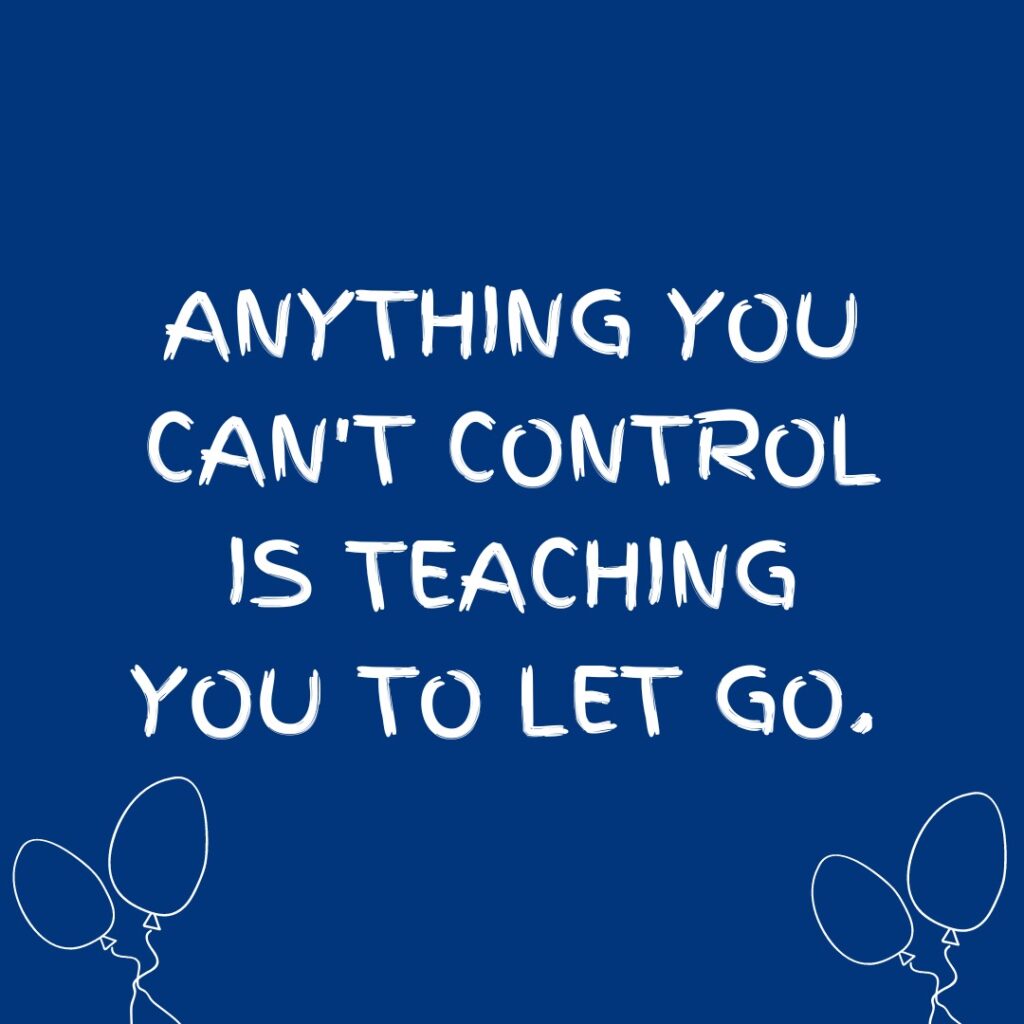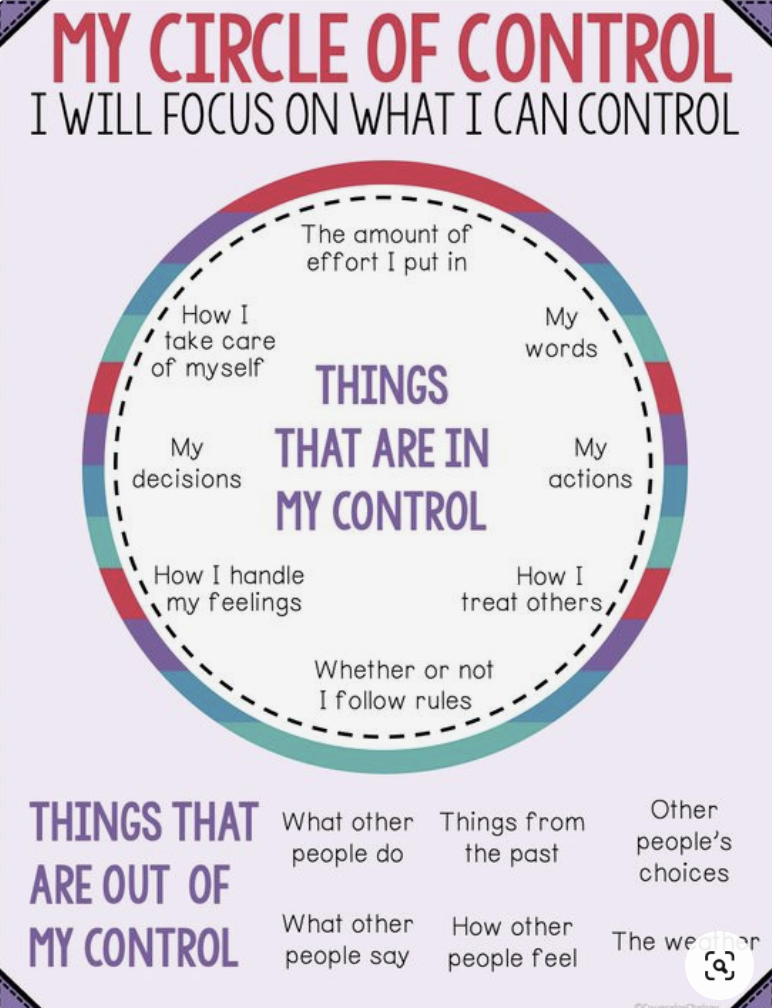Control
by Heather Oros, LCSW
About a year ago, I started to invest my time in the sport of rock climbing. It quickly became obvious that the sport requires as much mental skill and strength as it does physical. Rock climbing has allowed me to practice remaining present and in control despite feeling fear and facing the unknown. There are several mindfulness practices that I have become aware of and have started to build into my rehearsal both on and off the wall.
In DBT, we learn that emotions provide us with useful information about ourselves and how we respond to the environment. As a climber, I am regularly exposed to fear. I have come to learn that whether I like it or not, fear is a part of the sport. When I first started, I felt fear. I noticed a sinking feeling in my chest, a rush of intrusive thoughts, and a sensation of shaking. At this time, I wasn’t so interested in feeling these sensations, so I would suppress the emotion to “appear” confident and push myself to greater limits. I started to realize that the more I overly controlled my fear through suppression, the more intense the fear became, and the less successful I was as a climber. I have begun to observe that these emotions are occurring outside of my control, and for effective reasons. I am working hard to accept fear as a natural part of my climbing process. In doing so, I have felt less startled, overwhelmed, and panicked.
In addition to practicing the acceptance of fear, I have also committed to allowing myself to let go of what is not in my control. So often, our fear is in response to a stimulus that is not in our control, and how we react determines how we are going to manage our fear. Last summer, my partner and I went climbing outdoors for the first time. We hired a guide who exposed us to our first experience of traditional climbing. The guide placed natural gear into the rock wall to allow us to climb a series of three pitched climbs to the top of the Shawangunk Mountain Ridge which sits 700ft high in the Hudson Valley. At the bottom of the mountain, the guide started to place his gear on his harness, and explain the process that would get us up to the top. At that moment, I looked up, a mix of excitement, adrenaline, and fear. About halfway up the mountain ridge, the climb required me to ascend over an exposed rock that required trust in the guide, my footwork, and the ability to move through the gear that had been placed for protection. My fear quickly became all consuming. I started shaking, and fixated on all the things that could have gone wrong that were at this point outside of my control.
The amount of attention I paid to trying to think my way through the fear, the less control I had over my emotion. As a climber, I have come to learn that extreme height exposure on a climb is a trigger for my freeze response. Since this experience, I have started to practice turning my mind to my body and breath more frequently, especially when outside of my comfort zone. When pushed outside of our control, it is common to overthink. We so often lose sight of the experience in our body, which can serve as a helpful anchor to re-ground us to the present moment and in turn help us find our control and stride.
Climbing is an extreme sport, there is no denying this. It is also an activity that evokes extreme emotions we commonly experience in life. After my first high exposure moment on the Shawangunk ride, I reached the mountain top, made it back down to the ground and began my learning of the lifelong process of understanding more about myself, fear, and the process of letting go.
WORDS OF WISDOM

MEME OF THE WEEK

MUSIC
“Control” by Janet Jackson
BOOK OF THE WEEK
(Click below to Purchase Book)
MENU

12 Smoothie Recipes to Fuel , Portable Fuel Energy Bites, Herb Butter Salmon and Asparagus Foil Packs
CONTRIBUTE


